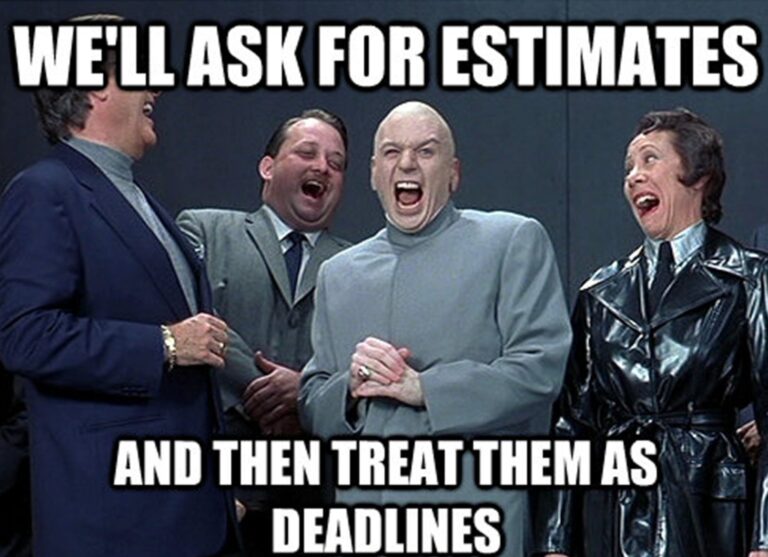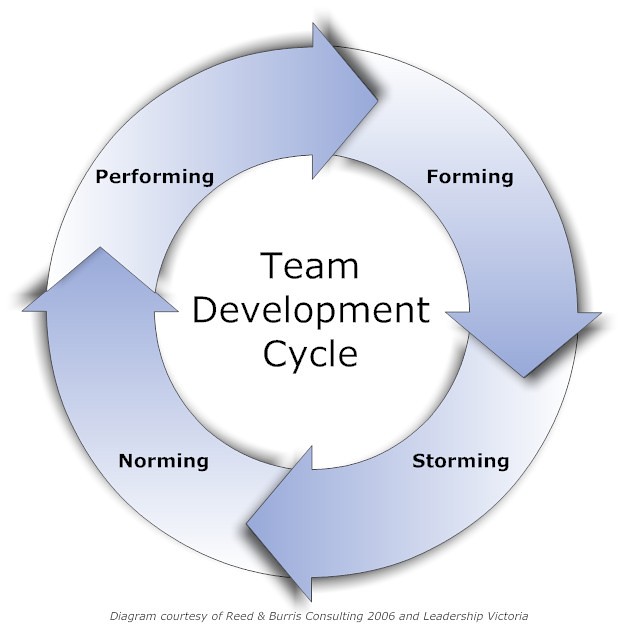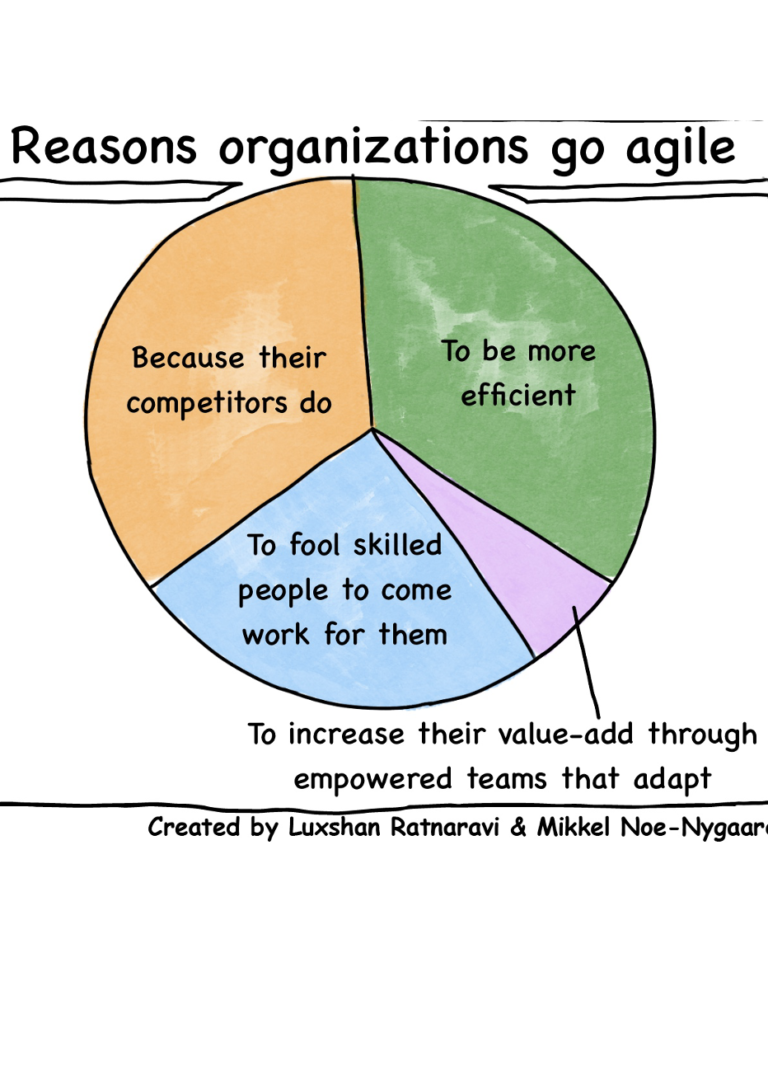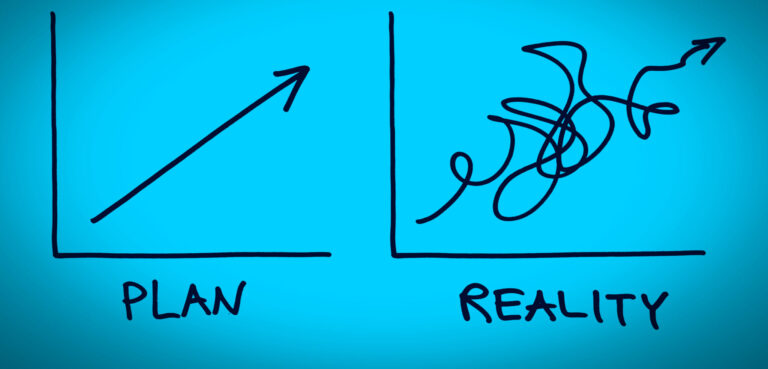“When will the stuff be done?” A letter to the manager.
It is time to dismantle the myth of estimating and predicting the future. Here are 15 questions that will make you reconsider your requests to predict the future.

It is time to dismantle the myth of estimating and predicting the future. Here are 15 questions that will make you reconsider your requests to predict the future.

This is a story of a small series-A startup adopting Agile practices – told from my personal perspective.

The values and principles enshrined in the Agile Manifesto 20 years ago have become more relevant during the global pandemic. We’re now actually more prone to responding to change rather than following a plan. We’re putting individuals and interactions over processes or tools. We’re motivating individuals by giving them the environment and support they need and trust them to get the job done.

Several organisational (anti)patterns may kill the efficiency of Agile teams. Management overhead, unclear ways to sponsor Agile teams, security constraints, and misunderstandings about risk management may inhibit or prohibit the efficient working of Agile teams. This post describes how other parts of the organisation can enable Agile teams.

Empirical studies report 17 concrete benefits of working in Agile. This is a summary of concrete practices that help Agile teams to achieve the reported benefits of Agile.

How does working in Agile improve EBITDA efficiency and revenue growth? In this post, we explore how Agile methodologies can impact EBITDA efficiency through enhanced cost control and operating margin and how Agile can drive revenue growth through increased market demand and improved product innovation. We will also examine how Agile work can help companies better respond to market changes and stay competitive in today’s fast-paced business environment.

The absence of trust is one of the notorious fundamental dysfunctions in any team. And even though trust might seem an abstract thing – YOU CAN do something to build it! This is my recipe.

The team’s development cycle was coined 60 years ago. It has 4 stages: forming, storming, norming, and performing. Each team goes through these phases to achieve high performance.

Now that you want to embark on a new project or build a new product – you may wonder:
– Should I learn to apply Agile ways of working?
– Or is the traditional waterfall approach good enough?

Why do things don’t go according to plan? Accurately predicting the future is almost impossible. That’s because we have an optimism bias and we underestimate the time needed to complete any future task. It’s called the “planning fallacy”.